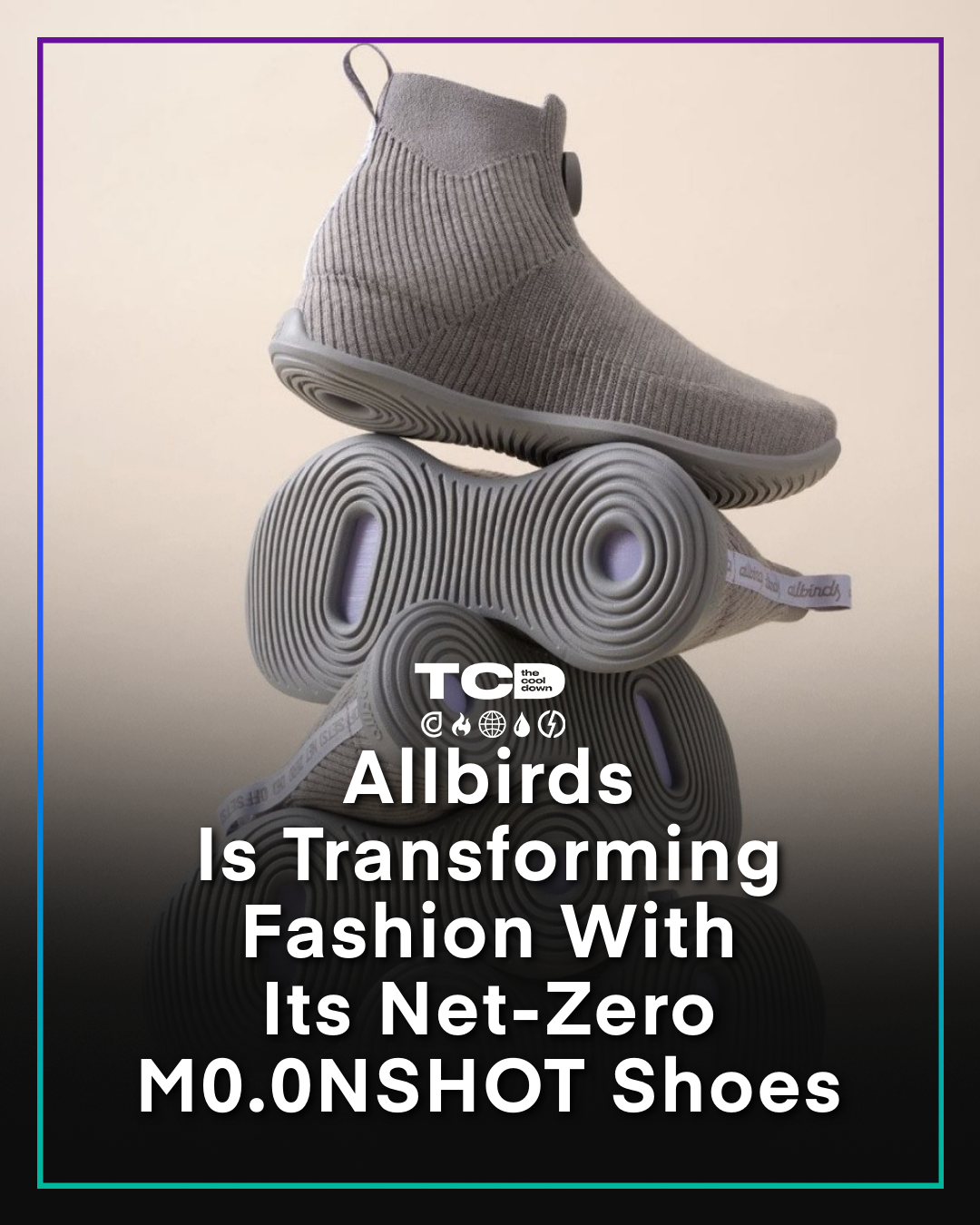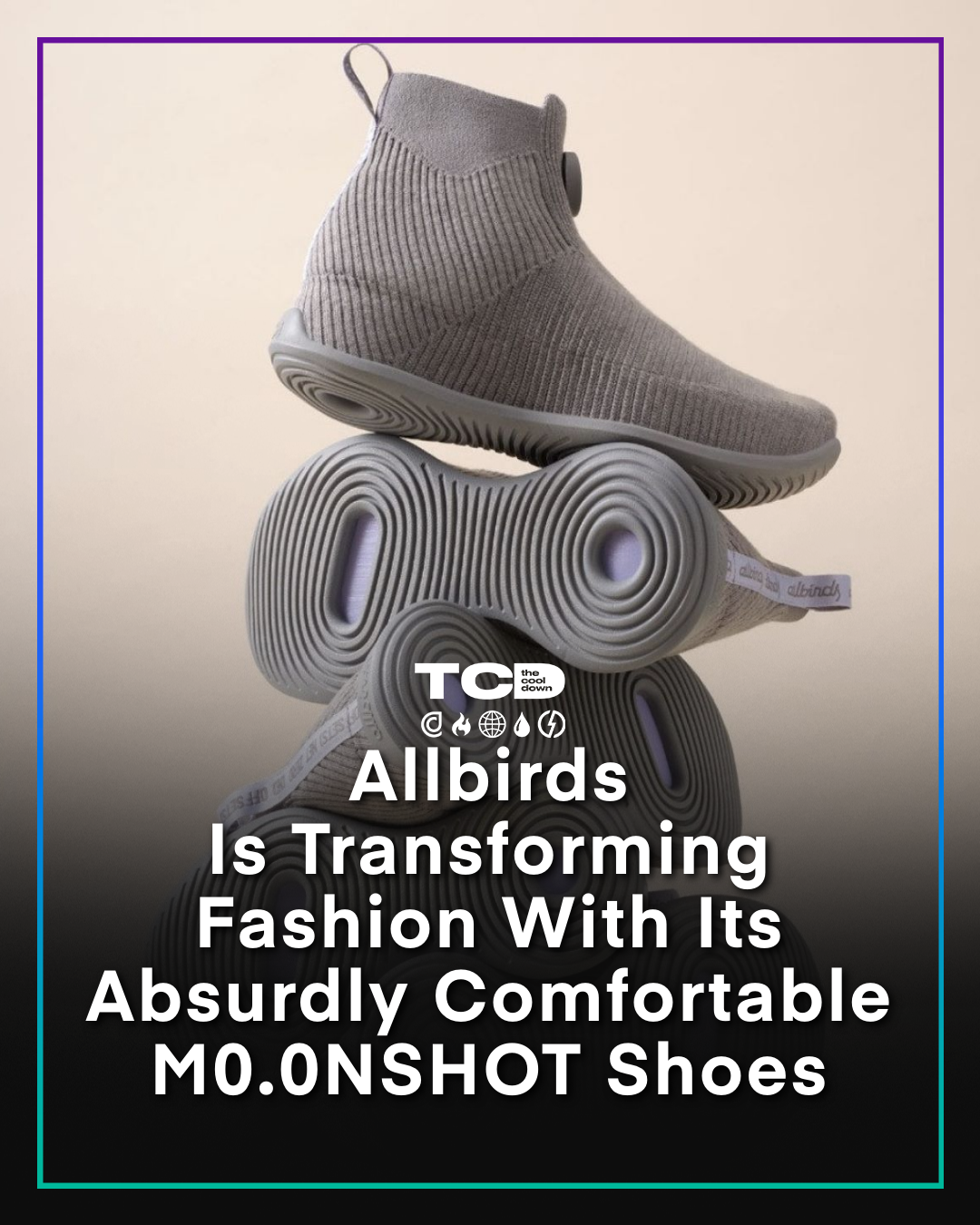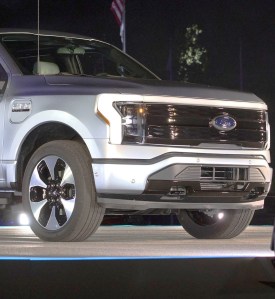Setup
The focus of the test was how brands can most effectively market products with eco-friendly labels like "net zero." To that end, the two assets were designed to test performance across the following A/B split:
- AMessaging that foregrounds the eco-friendly label
- BMessaging that foregrounds the quality of the product
 A
A
 B
B
Test Results
Attention Share and Engagement Share reflect the percentage of test-wide scoring accounted for by individual variants or demographics. Read more below in the Methodology section.
Aggregate Insights
Net-zero messaging produced more attention at the top of the funnel and more engagement deeper down the funnel.
The strength of engagement around "net-zero shoes" relative to its attention score suggests that general interest in net-zero labeling is matched by genuine consumer enthusiasm as well — i.e., "net-zero" wins hearts as well as eyeballs.
Further testing could compare the attention and engagement shares of other eco-friendly labels — e.g., "net-zero shoes" vs. "carbon-neutral shoes" — to determine which language and methodology resonate most strongly with consumers.
Gender-based attention and engagement shares reflect the relative attention or engagement per gender for each variant. Read more below in the Methodology section.
Gender Insights
The test population was skewed toward male participants, who showed a moderate preference for net-zero messaging across attention and engagement metrics.
With a smaller sample size, female participants paid moderately more attention and engaged much more readily with the net-zero messaging than the male audience.
Further testing could specifically target the female audience with various eco-friendly labels applied to different product types to determine whether the directional data from this sample holds true at scale and across categories.
Age-based attention and engagement shares reflect the relative attention or engagement per age bracket for each variant. Read more below in the Methodology section.
Age Insights
Participants across every age group engaged more readily with the net-zero messaging.
With a smaller sample size, participants over the age of 65 paid much more attention to and engaged much more readily with the net-zero messaging than participants in other age groups.
Further testing could specifically target the 65+ audience with various eco-friendly labels applied to different product types to see if the directional data from this sample holds true at scale.
Methodology
This test was conducted with two message variants and a prequalified TCD audience of 4,596 likely adopters. Among those participants, 10.8% paid measurable attention to the test assets and 4.5% registered measurable engagement.
Attention Score measures the likelihood that a message will capture eyeballs in the wild. It’s calculated using the rate at which test participants respond to a CTA to learn more about the subject.
Engagement Score measures the likelihood that a message will elicit a meaningful response from the audience. It’s calculated using a proprietary algorithm that weights measurable metrics — shares, saves, likes, etc. — in a way that has proven to be meaningfully correlated (r > .5) to real-world conversion behavior.
Attention Share and Engagement Share reflect the percentage of test-wide scoring accounted for by individual variants or demographics. For example, an engagement share of 25% means the variant or demographic in question accounted for 25% of the cumulative engagement score produced by all segments in the test.







